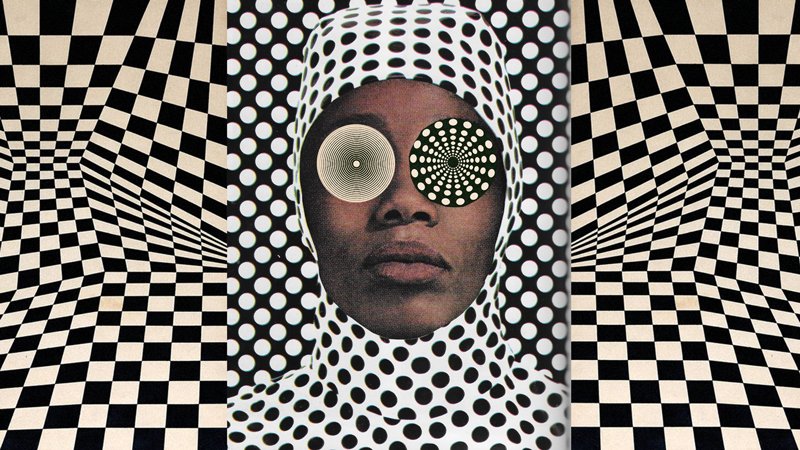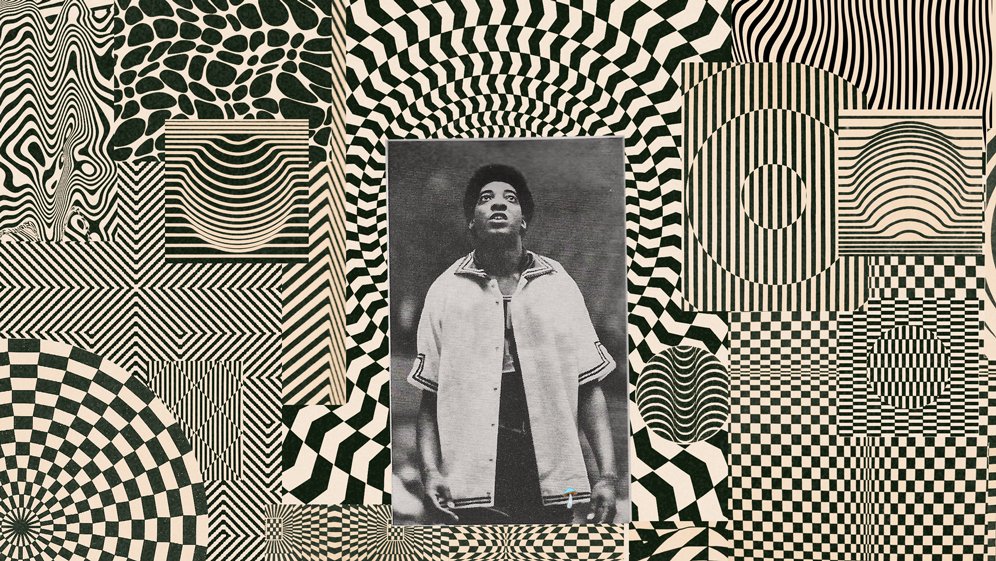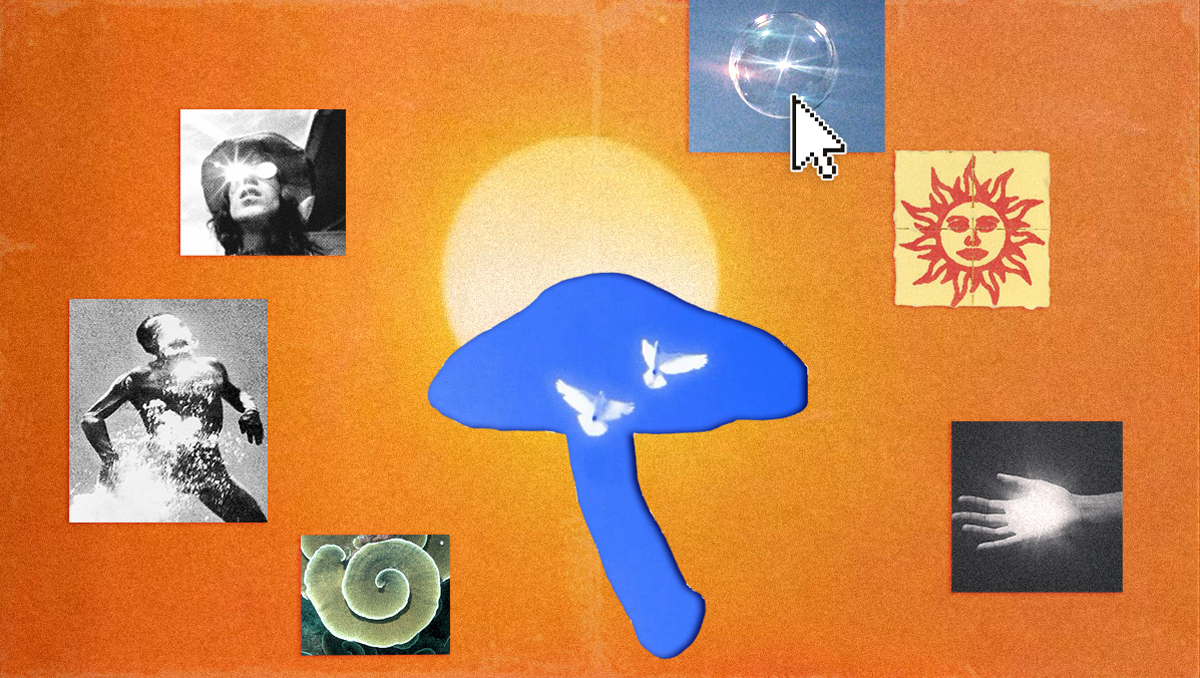How does eating magic mushrooms make you see that stuff?
First of all: yes, of course, we know it’s psilocybin. Pretty much anyone interested in magic mushrooms understands that the “magic” part comes courtesy of our favourite fungus’s psychoactive guts. All the giggles, tingles, and visuals we enjoy, thanks to a handful of trippy molecules.
We all know the saying “Every trip is different,” and it’s true. But still, mushroom visuals tend to fall into a few common buckets, regardless of when or where people take them. Among the standard set are enhanced colours, wiggly patterns, and the “breathing” of the world around you, particularly plants.
The consistency of these visuals suggests that psilocybin does something specific to our brains, hitting the same spots in the same way time after time. So what is psilocybin actually doing to make that stuff happen?
A mushroom magic trick
Since mushrooms make us see and feel more, pumping colors with extra vibrance, drawing patterns in front of our eyes, making life pulse around us, it’s natural to assume that psilocybin speeds up our brains.
Nope! Research actually shows that hallucinogenic effects more likely come from psilocybin slowing things down, particularly in highly-interconnected hub zones of our brains. At the same time psilocybin hits the brakes, it also links these hubs to other brain areas that they don’t normally communicate with. Like a teacher mixing up a classroom seating plan, new groups start working together. The nerd gets paired up with the quiet weirdo. Things get strange.
Professor David Nutt, a member of Imperial College London’s School of Medicine and the author of a study that demonstrated how psilocybin slows our brains, points out that although we usually consider mushrooms “mind expanding,” in reality they’re better described as “mind suppressing.”
See it to believe it
Being highly-connected hubs, the parts of our brain psilocybin targets handle many tasks. One job is running our visual system. These hubs receive the rush of sensory data streaming in from various parts of the brain, try to organize it, and then synthesize it. You could say that, in the process, they pretty much generate our lived experience—however these hub networks interpret that sensory information is how we understand the world around us.
In regular life (most of the time) everything runs smoothly. But when you eat a handful of magic mushrooms, the psilocybin in your shrooms scrambles that organized flow of data. Neurons that usually communicate stop talking. Ones that have never met before strike up conversation. Your brain starts firing signals off-time and more weakly.
This confusion can create a sort of synesthesia, mixing up sensory information and crossing wires between sight and smell, sound and taste. As University of Oregon neuroscientist Cris Niell explains, “The brain can start over-interpreting, or misinterpreting.” The result of this confusion is your mushroom trip.

A strange reception
Niell oughta know. His team studies a specific chemical receptor in our brains, the serotonin 2A receptor, which plays a vital role in how our brains process visual information. To figure out how psychedelics interact with 2A receptors, Niell’s team dosed mice with a psychoactive compound, presented them with visual stimulation via computer screen, and watched what happened in their visual cortex. To their surprise, and in line with the Imperial College London’s study, they found much reduced activity in there compared to undosed mice.
To absolutely confirm their findings that psilocybin targets 2A receptors, the team also pre-treated some test mice with a 2A antagonist; a molecule that blocks the activity of a receptor by binding to it, thus preventing other chemicals from linking up. These pre-treated mice experienced nothing unusual when given psychoactives (bummer). Niell’s experiment confirmed that psilocybin is a 5-HT2A serotonin receptor agonist, a molecule that binds to a specific receptor but provokes a non-typical response.
The response, in this case, is quieting our 2A receptors. It’s believed these receptors are like a middle manager in our visual system, keeping everyone on task, no funny business. So when these receptors get suppressed by psilocybin, strange signals, ones that would usually be shut down, make it through. Without the steady hand of the 2A receptors keeping our visual systems on track, our mind starts to make stuff up. Hence, our hallucinations.
Science and magic
So, let’s review. As psilocybin enters our system, it binds to 2A receptors and throws a wrench in our visual process. Gaps appear in our sensory information, and as they grow, scientists hypothesize that the brain sort of throws up its hands and starts filling in the blanks with its best guesses. The delta between what we’re really perceiving and what our brains guess may be what we experience as hallucinations.
There’s still plenty of mystery surrounding exactly how mushrooms and other psychedelics influence our brains. And that’s good! With something as mystical, powerful, and profound as psilocybin mushrooms, a little mystery is key to the process. To know too many details is to dispel some of that magic. But in the meantime, it’s interesting to get a peek behind the magician’s curtain.




